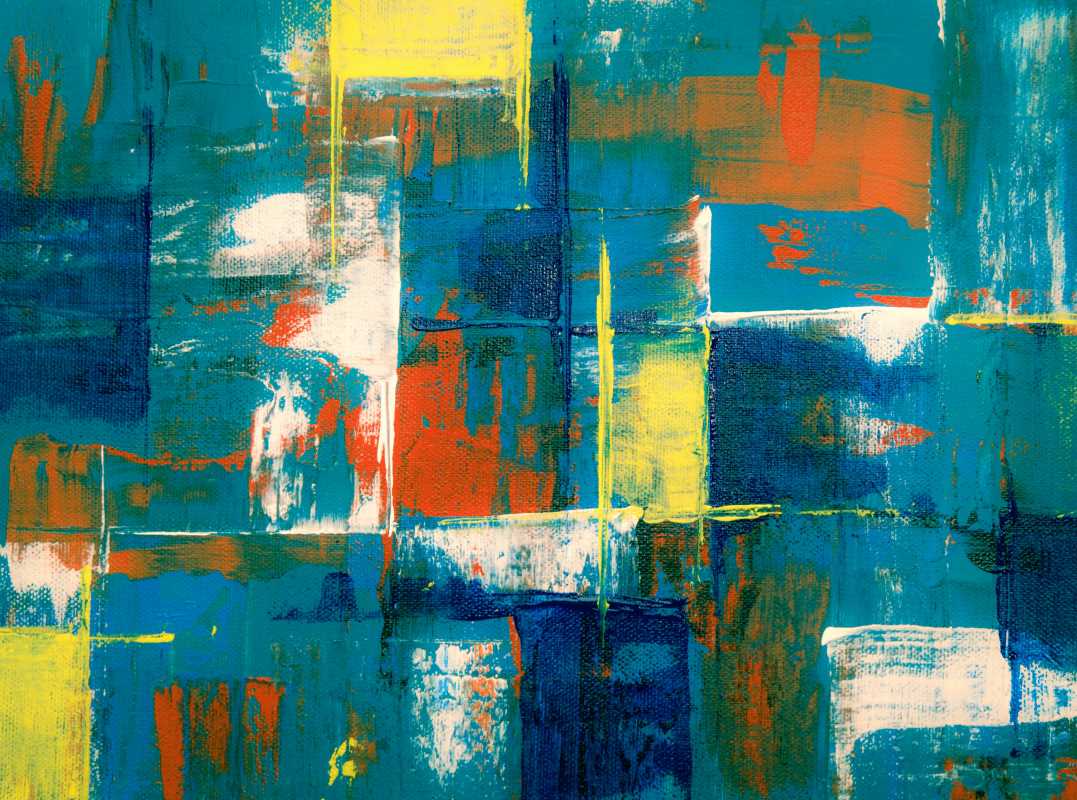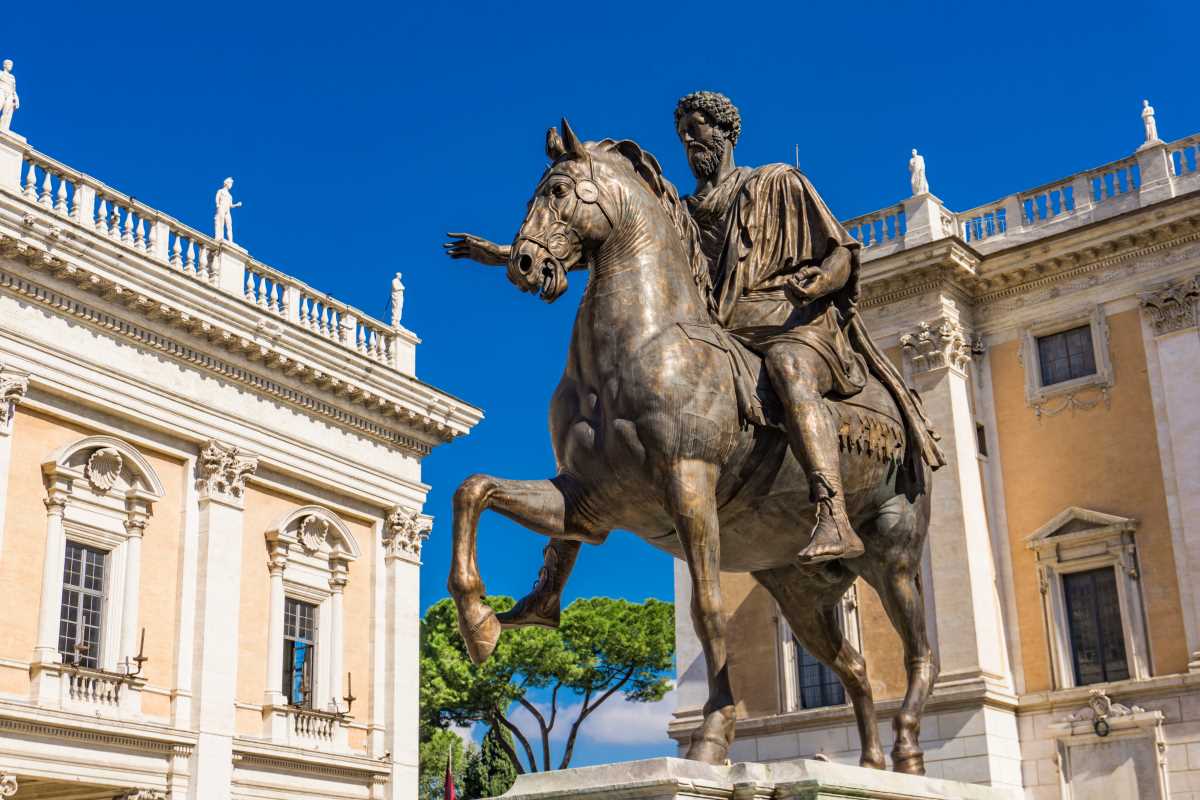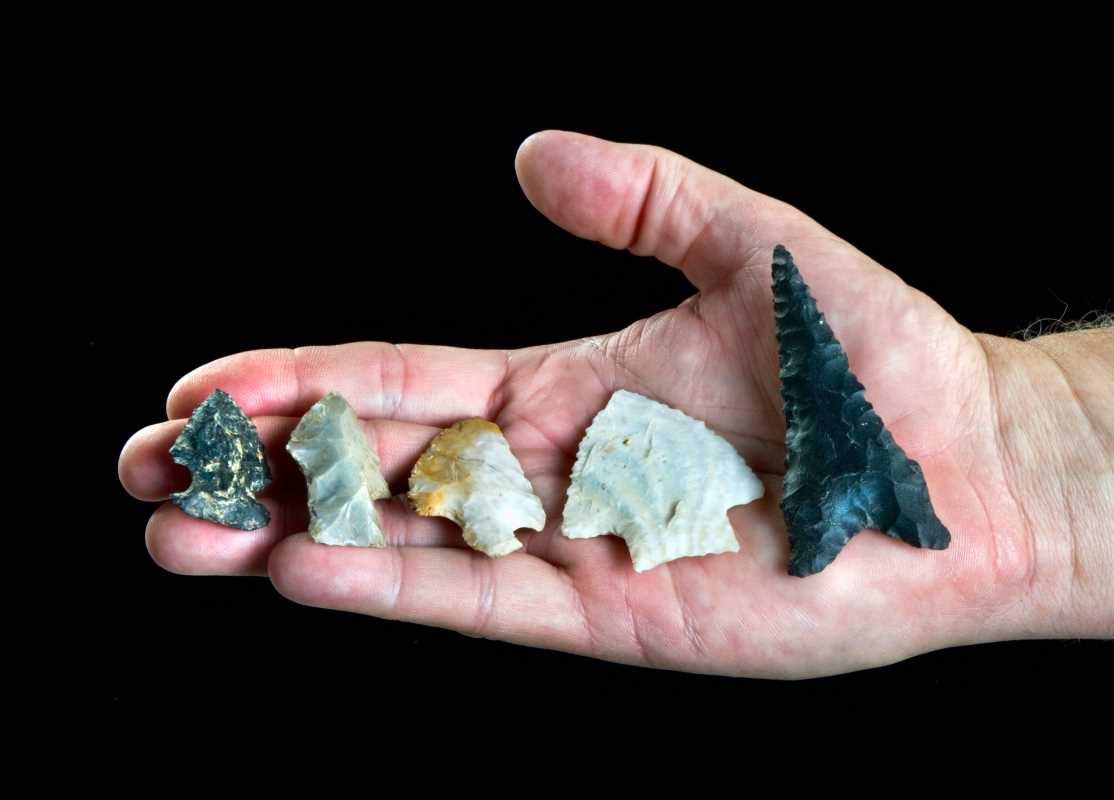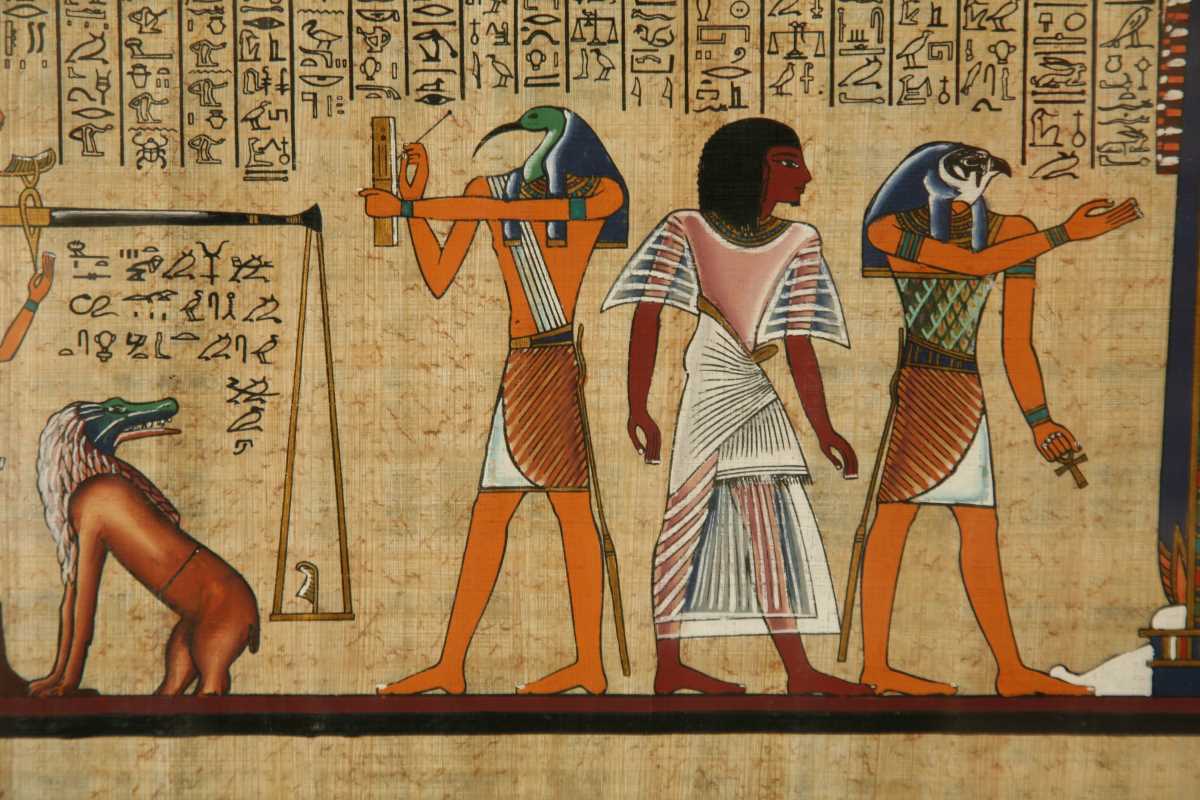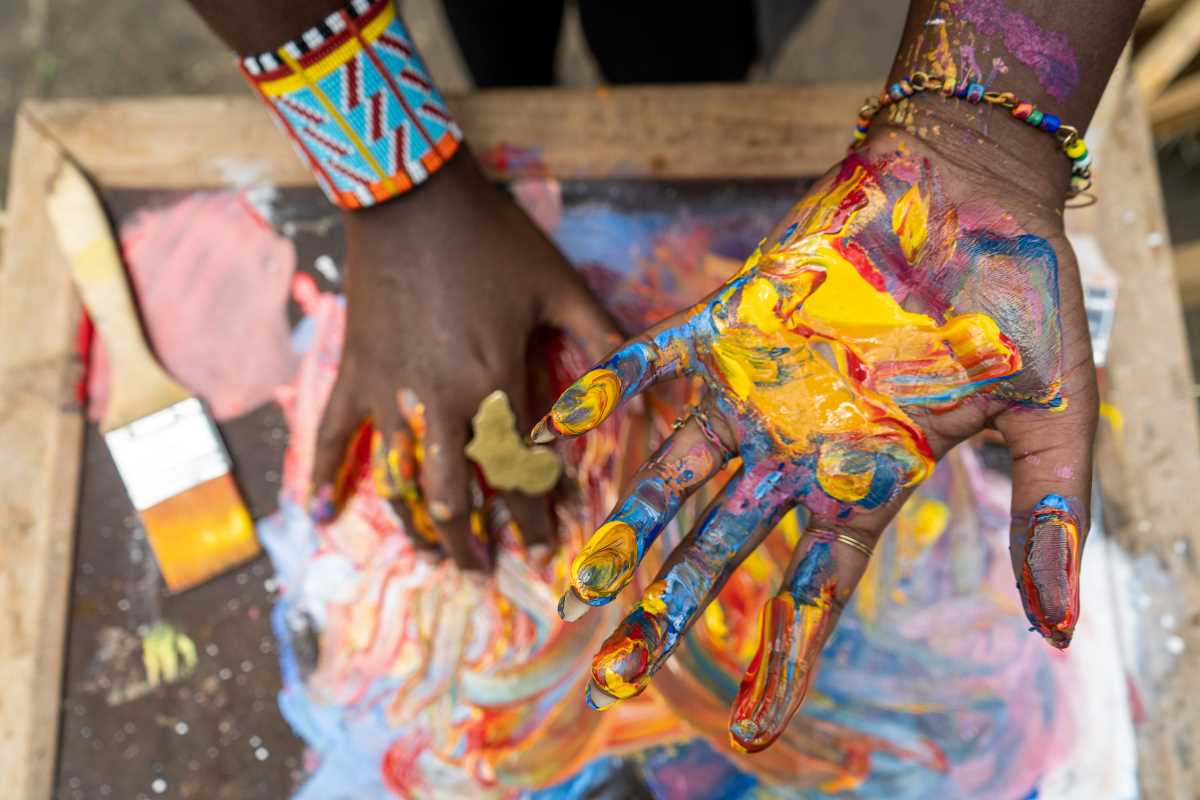Art and spirituality have been intertwined for as long as humans have had beliefs to express and emotions to convey. Throughout history, art has played a crucial role in rituals and ceremonies, helping people connect with their gods, ancestors, and the mysteries of existence. From vibrant cave paintings and intricate carvings to grand temples and sacred masks, ancient cultures used art to explore spiritual ideas and bridge the gap between the physical and spiritual worlds.
Why is art such a powerful spiritual tool? The answer lies in its ability to communicate what words cannot. Symbols, colors, and forms can evoke deep emotions and portray concepts too vast or abstract for language alone. This article takes a closer look at how early societies used art as part of their spiritual practices, exploring a variety of cultures, their creations, and the meanings behind them.
The Role of Art in Ancient Rituals
Art was not merely decorative in ancient times. It was functional and deeply symbolic. Each creation served a purpose, be it to honor deities, ensure a successful harvest, or protect a community. For our ancestors, visual expression was a language of the sacred, and creating art often came with the belief that it held divine power.
A Tool for Connection
Art was often created to connect with spiritual forces or communicate with the divine. This connection could come in many forms. Some cultures made offerings of beautiful works to please their gods, while others believed that creating art could summon protective spirits or ancestors. For example, many cave paintings found in Europe, like those at Lascaux in France, are thought to have had a ritualistic purpose. The vivid images of animals and symbols were likely part of ceremonies aimed at ensuring a bountiful hunt.
Marking Sacred Spaces
Art also played a key role in designating sacred places. Many ancient temples, shrines, and tombs were elaborately decorated to create a space where the spiritual and earthly realms could meet. The ancient Egyptians, for example, adorned the interiors of their tombs with colorful hieroglyphs and scenes from the afterlife, believing this art would help guide the dead in their next life.
Ancient Symbols and Their Meanings
Symbols were a major part of spiritual art, often carrying layers of meaning. A single design could represent an entire myth, belief system, or set of values. These symbols were not random but carefully chosen based on their cultural and spiritual significance.
The Spiral
One of the oldest symbols found in ancient art is the spiral. This simple yet profound shape appears in cultures across the globe, from prehistoric Europe to indigenous Maori carvings in New Zealand. The spiral often represented life’s cycles, such as birth, death, and rebirth, or the connection between the human and divine.
The Eye
The image of the eye frequently appears in spiritual art, symbolizing protection, awareness, or divine knowledge. The Egyptian Eye of Horus is one of the most famous examples. It was believed to bring health, prosperity, and protection to those who used it, whether in jewelry, amulets, or temple carvings.
Spiritual Art Across Cultures
While each culture approached spiritual art differently, certain themes and practices were surprisingly universal. Below are examples of how various ancient civilizations used art in their rituals and beliefs.
Ancient Egypt
Egyptian art is arguably some of the most iconic spiritual expression in history. The monuments, statues, and intricate reliefs of ancient Egypt were not only visually stunning but also deeply sacred. Temples to gods like Ra and Hathor were adorned with carvings that depicted divine myths and rituals, offering prayers and guidance for worshippers.
Likewise, funerary art held immense spiritual importance. Objects like elaborate sarcophagi, painted with protective symbols and spells, were designed to assist the dead on their journey through the afterlife. This practice demonstrates how closely art and spirituality were tied in Egyptian beliefs.
The Maya Civilization
For the Maya people, art was inseparable from their religion and cosmology. Their temples and ceremonial buildings were covered with carvings and murals that depicted gods, celestial events, and mythological creatures. These artworks were more than just decorative; they explained how the universe worked and emphasized the divine right of their rulers, who were often seen as intermediaries between the gods and humanity.
One impressive example is the carvings on stelae, large stone slabs placed in ceremonial centers. These often included images of important rulers surrounded by symbolic patterns, connecting them to both the heavens and the underworld.
Indigenous Australian Rock Art
Indigenous Australians have one of the longest-standing artistic traditions in human history, with rock art dating back over 40,000 years. These creations often served spiritual purposes, documenting Dreamtime stories, the creation myths that explain the origins of the world and humanity. The intricate designs were thought to be a direct link to ancestors and the spiritual realm, aiding in rituals that honored and communicated with these forces.
African Tribal Art
Traditional African masks are a fascinating example of how visual expression was used in spiritual practices. These masks were more than just artistic creations; they were tools that transformed their wearer into a spiritual entity. Used during ceremonies, dances, and other rituals, the masks allowed people to communicate with spirits, seek guidance, and ensure harmony within the community. Each mask’s design carried a specific meaning that was tied to the ritual in which it was used.
Materials and Methods with Sacred Meaning
The materials and methods used to create spiritual art were often steeped in symbolism. For many cultures, the choice of material carried as much meaning as the art itself.
Sacred Wood, Stone, and Metal
Certain materials were considered sacred and chosen specifically for spiritual use. For example, jade was highly prized in ancient China for its purity and believed to have protective powers. Meanwhile, in Europe and the Americas, gold was associated with the gods, likely because of its shine and rarity, making it a feature in many ceremonial objects and temples.
The Act of Creation
For many ancient people, the process of creating art was an act of devotion in itself. Careful thought went into every step, from gathering materials to crafting the final piece. This deliberate, meditative effort imbued the art with spiritual energy and made it a meaningful offering.
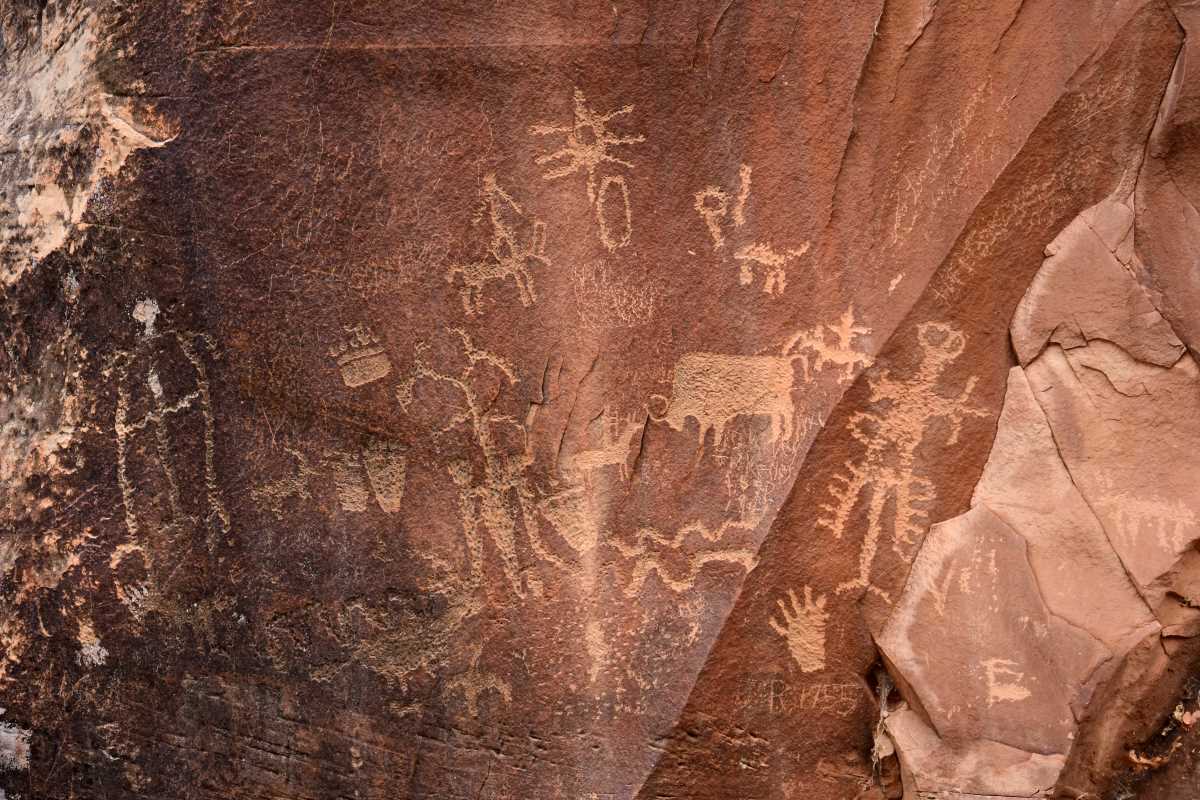 (Image via
(Image via